China has been the world’s largest online market for years now, and it will continue to be as more people are taking part in this phenomenon. The online shopping industry in China is booming, and it’s not just e-commerce giants like Alibaba that are benefiting from this rise in consumption.
Research shows that online shopping in China is on track to grow at a rate of 22% per year over the next five years. In order to help you navigate this new online environment, we’ll go through the top 15 items purchased online by Chinese consumers and explain why they are this popular.
Need a cost effective TP (Tmall Partner) to sell in China?
We are an Official Tmall Partner e-commerce Agency. Our Services: E-Commerce, Search Engine Optimization, Advertising, Weibo, WeChat, WeChat Store & PR.
The rising use of e-commerce platforms in China
First of all, it is important to know that the rising use of e-commerce platforms in China, and the growing population using online platforms are two of the reasons why online purchases in China have soared. As a matter of fact, China is the fastest-growing market in terms of e-commerce sales, far beyond the U.K. and the U.S, with 44% of total retail sales.
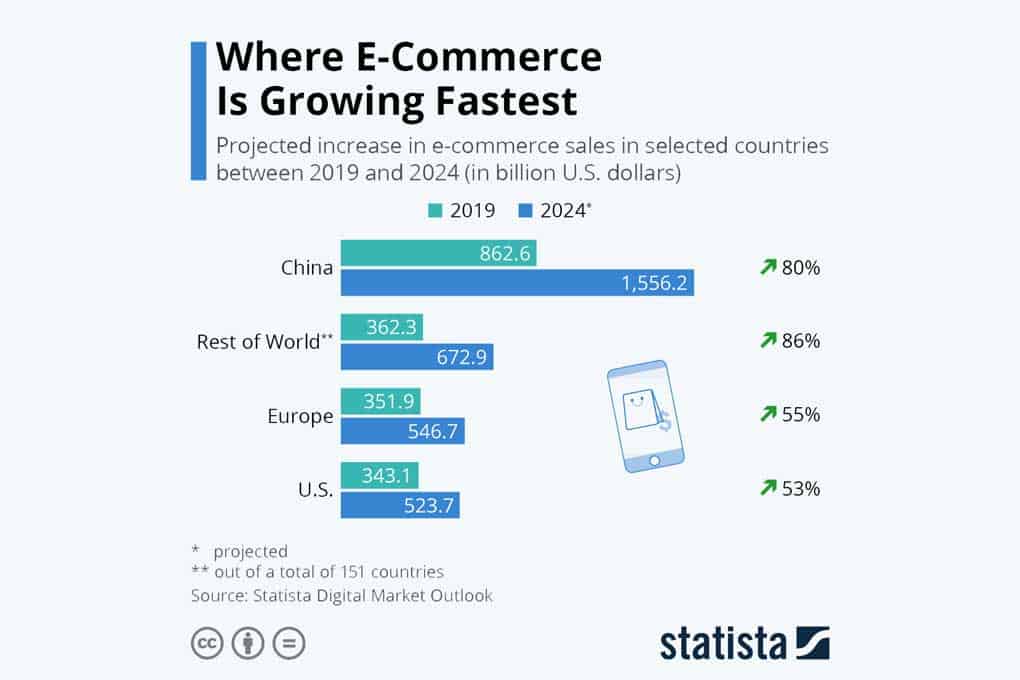
Then, as we can see from the following graphic, there were already 842 million online shoppers as of 2021. China’s digitalization and the daily use of smartphones connected to the internet have greatly contributed to this growth as consumers spend a lot of time on their smartphones.
Following the Covid-19 pandemic, the growth of e-commerce platforms was even more important. It is estimated that by selling on e-commerce platforms, companies can increase by 20% their sales. But e-commerce is not only essential for businesses but also for the country’s economy. In 2022, the added value of e-commerce accounted for more than one-third of China’s GDP.
Now, if we look at the projected increase in e-commerce sales worldwide, China is by far the leading country with 2.29 trillion dollars as of 2020 and is $3.56 trillion by 2024.
Moreover, as the majority of the population now has a smartphone, social media are now at the core of their daily habits. One of the latest trends is live-streaming, during which KOLs (Key Opinion Leaders) are presenting products and giving their impressions in order to convince users to buy them directly on the app. This phenomenon has gained strength even more after the Covid-19 lockdown.
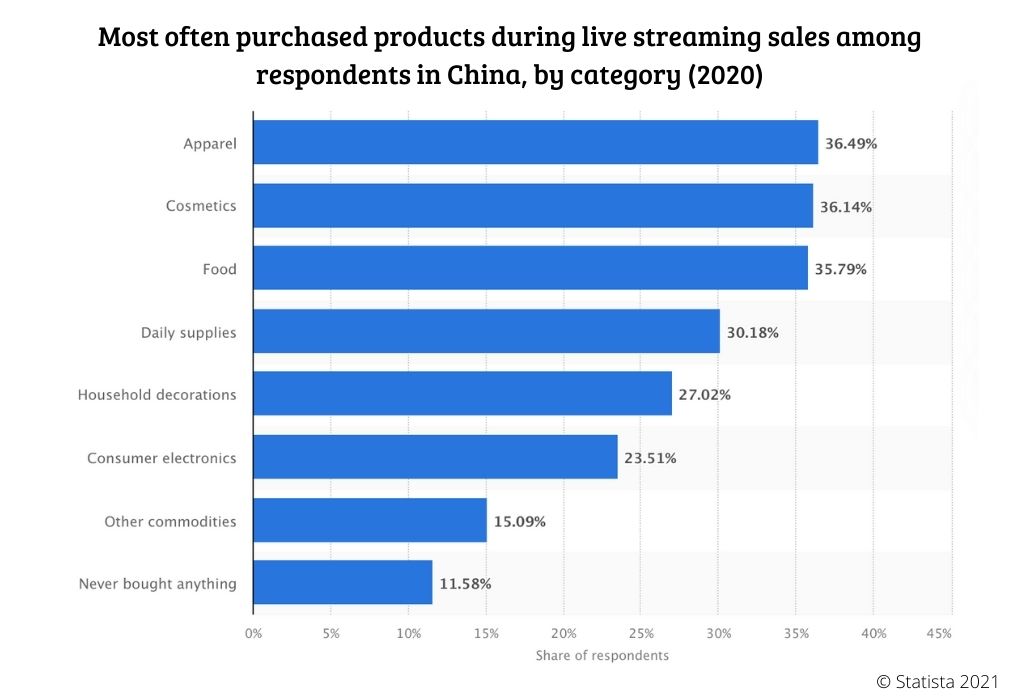
According to this survey about live streaming e-commerce in China, about 36.5% of respondents had purchased clothing and apparel during online streaming sales, 36,4% cosmetics, and 35,79% food. With live-streaming shopping growing this fast, it is undeniable that brands that want to expand their activities in the world’s most populous country will have to go digital and sell their products on e-commerce platforms.
What kind of products do Chinese people purchase online?
- Cosmetics
- Luxury Bags
- Clothes
- Shoes
- Fashion Accessories
- Home decor & furniture
- Perfumes
- Lingerie and underwears
- Menwears
- Men’s Shoes
- Luggage
- kids products
- Jewelry
- Luxury Watch
- Eyeswear
We gathered online purchase data for the Top 15 products purchased online in China, and put them together to see what kind of product trends we can find. We are not going to talk about how they are purchasing online or how the market is changing, but simply list some insights on what people buy. Let’s have a look:
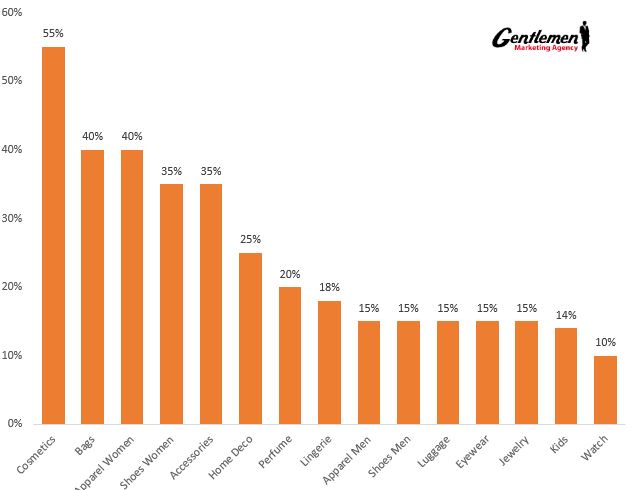
It is also important to mention that online purchases can be an effective way for consumers in China to psychologically distance themselves from the high prices and quality of products in physical stores. This is why some brands are very popular online while being kind of rejected by Chinese shoppers offline.
The online-to-offline (OFO) model has been successfully implemented over the years and has gained popularity among Chinese consumers, especially the young and tech-savvy young generation (millennials and Gen-Z).
1. Cosmetics: One of the Most Lucrative Industries in China

Over the past decade, Chinese consumers have taken the lead in the cosmetic industry. As the most populous country in the world with 1.4 billion inhabitants, China has been for a long time attracting all of the most famous international brands that wanted to seize the opportunity to expand their activities and conquer Chinese consumers.

Registering steady growth thanks to the rising use of e-commerce platforms as well as the increasing purchasing power of Chinese consumers, the high-end cosmetic industry in particular, is one of the fastest-growing and most promising fields in China for the near future, becoming the second-largest market (in value) after the U.S.
As of 2023, China’s cosmetics market is valued at more than 477 billion yuan and is expected to reach 564.4 billion in 2025.
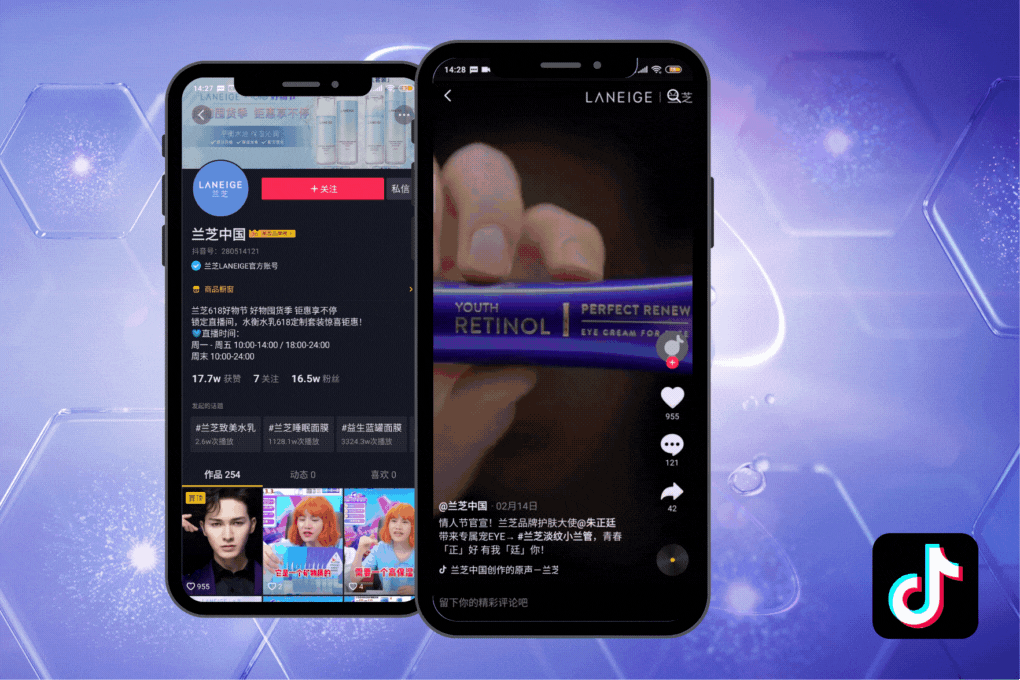
Online cosmetic commerce is booming and above all among Chinese women. There is a trend explaining this growth, as Chinese women care a lot about their skin, face, and makeup. As a matter of fact, the face is considered the most important attribute for Chinese people, being the first thing we’ll see.
On the other hand, even though the cosmetic industry was mainly focused on females, the growing demand for male cosmetics has encouraged brands to release cosmetics for men as well.
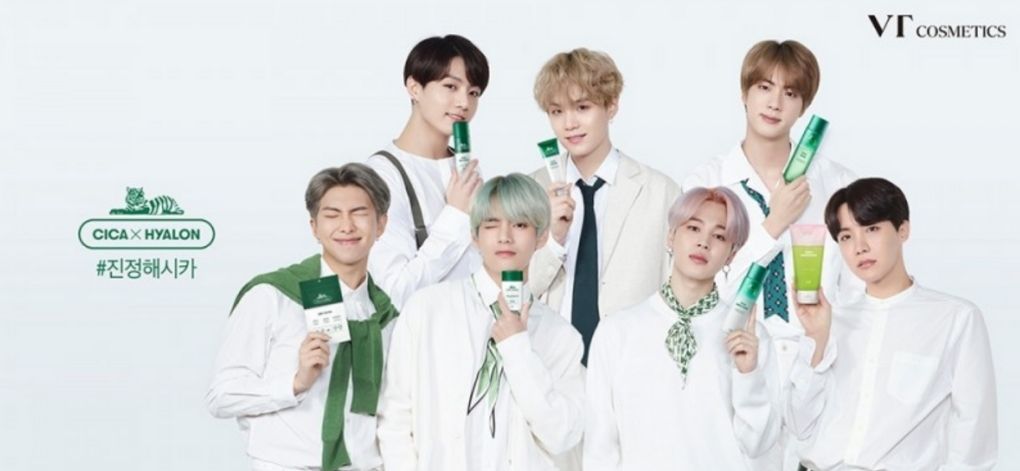
Then, it is worth mentioning that South Korean brands are having resounding success all over the world, especially in China thanks to their attractivity and popularity among Chinese consumers.
Overall, even though the Chinese market witnessed a significant decrease in revenue at the beginning of 2020 following the COVID-19 pandemic, which greatly affected beauty products sales, this industry is seeing a swift recovery as Chinese consumers are more than ever ready to go out again and take care of themselves.
2. Bags: A Must-Have Accessory in China

Considering that 40% of Chinese consumers’ expenditure is dedicated to bags, this accessory has now become both an everyday item as well as a fashion accessory.
For Chinese consumers, design and materials are the main information they are interested in, but the design and the brand’s prestige are also determining factors to take into account for Chinese consumers.
With this extremely lucrative and promising market, you definitely need to anticipate the tastes and expectations of Chinese handbag lovers to seduce and engage with them. Don’t forget that you will have to face fierce competitors, not only international brands (that were leading the market for a long time) but also Chinese brands that are ready to take their revenge.
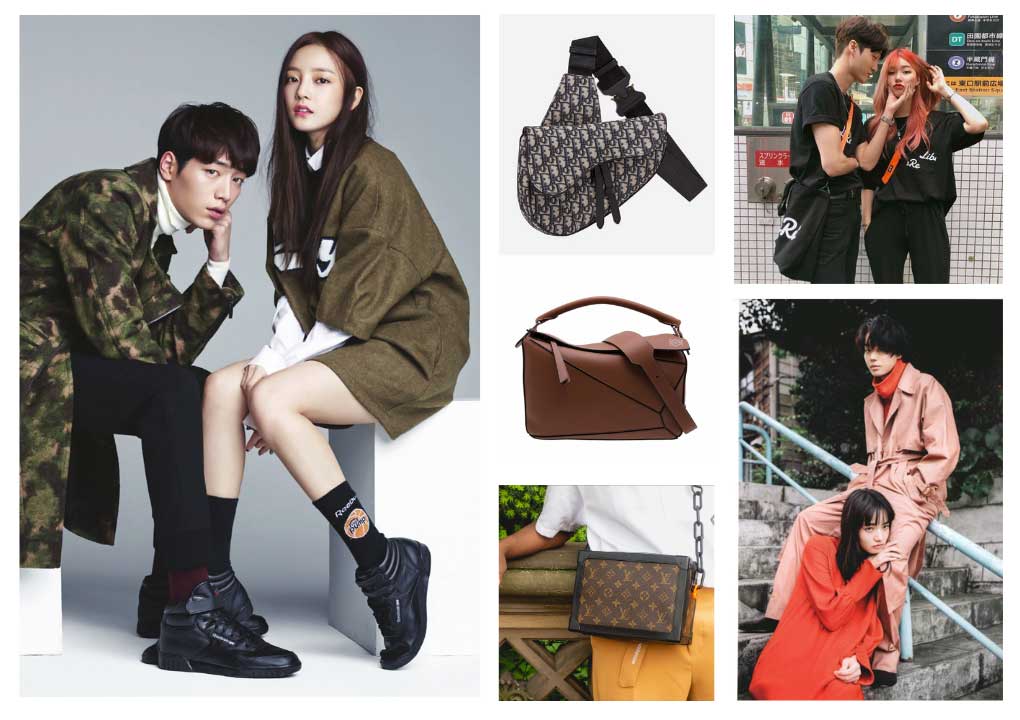
The overabundant offer on the market turned Chinese shoppers into specialists who can then decide whether to turn the new collection into a success or a failure. In 2023, the Chinese will tend to purchase more unisex bags, where the design is matching both women’s and men’s styles.
3. Apparel & Chinese Consumers’ Fashion
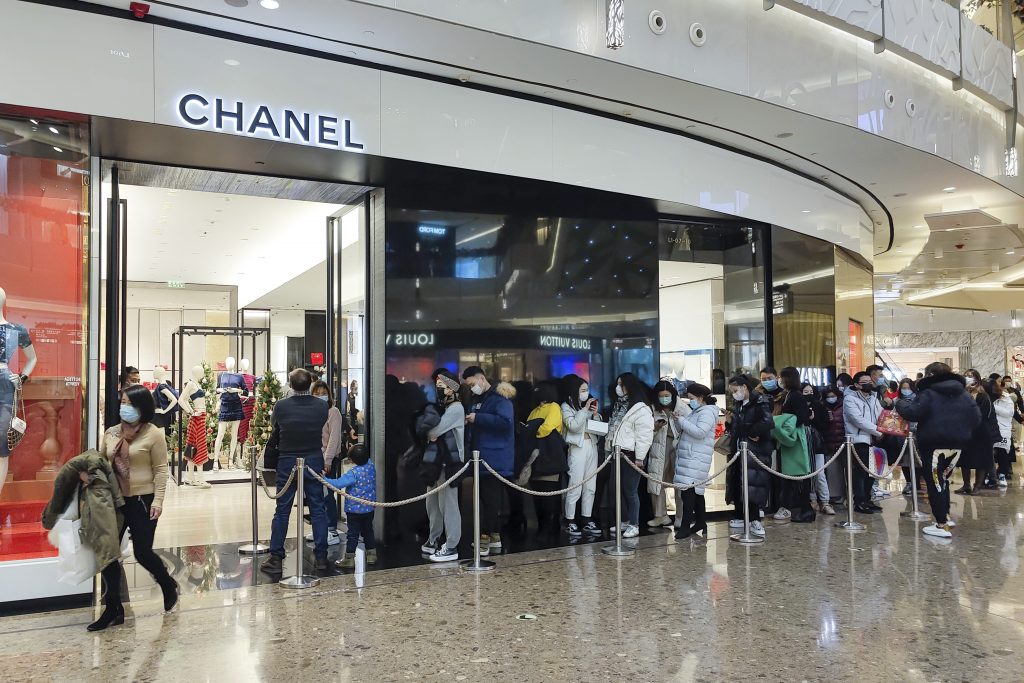
Clothes are representing a consequent share of China’s e-commerce market. At the time, the main reason which was explaining this boom was mainly due to price. For example, Taobao is one of the most popular websites for cheap clothes. However, it is important to underline the fact that with Chinese consumers’ rising purchasing power, there’s a shift in consumption toward high-quality and more expensive apparel.
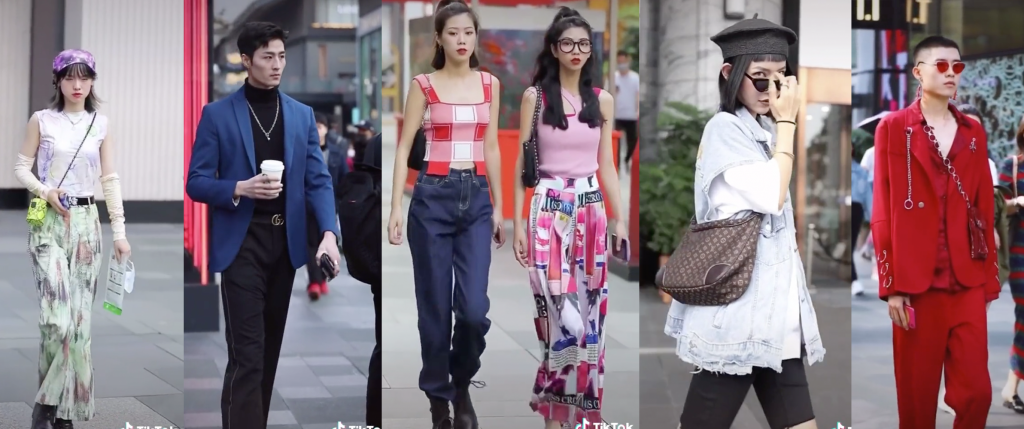
Chinese consumers are more than ever paying attention to their looks and appearance, especially since the boom of social media in China. On Douyin, aka the most popular short video platform in China, it is common to see videos of fashionable people walking in the streets.
For example, China’s annual revenue of luxury fashion generated 48.9 billion U.S. dollars in 2022 and is expected to grow by 4.15% annually between 2023 and 2027. In Chinese consumer’s minds, the top 5 luxury fashion brands are Chanel, Hermès, Gucci, Dior, and Louis Vuitton. These brands have higher brand awareness and success in Mainland China and Hong Kong. The key to seduce and attract Chinese consumers to luxury fashion brands is to have a unique and appealing design and share an inspiring history or story of the brand.
It is also worth mentioning that this market has still a lot of opportunities for fashion brands, especially in terms of second-hand apparel, as Chinese Gen Z and Millennials are more sensitive to the impact of the fashion industry on the planet and are looking after a more eco-responsible way of consumption.
4. Shoes: A Growing Industry for Both Male and Female Consumers

As same as for the apparel industry, shoes are an everyday fashion item for both women and men. While women are greatly contributing to the success of international brands that are known for the quality of their shoes, men are shifting toward streetwear shoes and sports shoes (even though the market of classy shoes is still important).
While most of the purchases are still made in physical stores, the Covid-19 outbreak has changed purchasing habits and platforms such as Tmall, Jd.com and Taobao are among the leading platforms in terms of shoes.
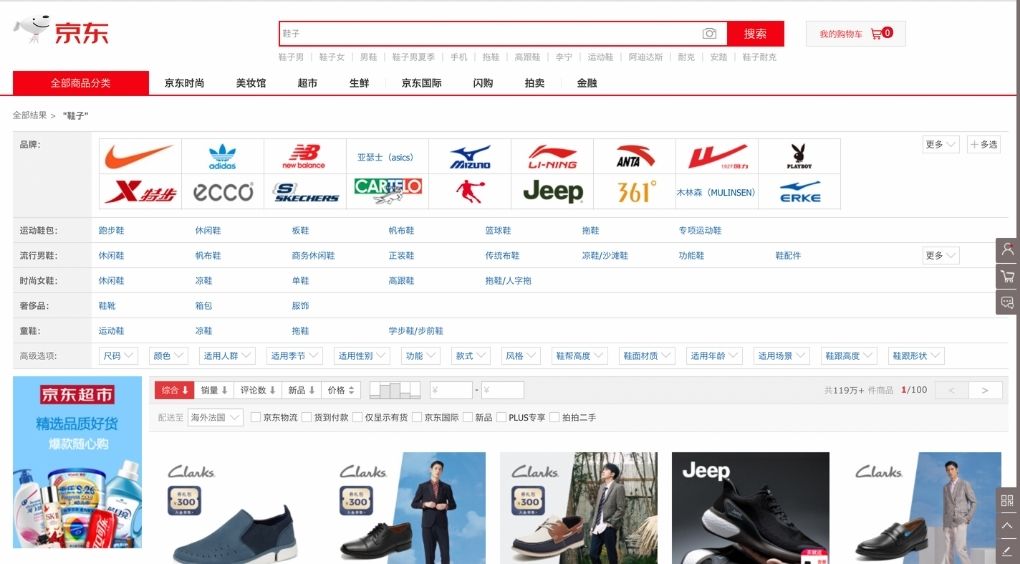
For several decades high-heels have been associated with modern feminine elegance and became a social norm in terms of clothing. Torture for some, beauty asset according to others, rare are those not to count a pair of stilettos in their wardrobe. Chinese women are spending on average more for shoes than men.
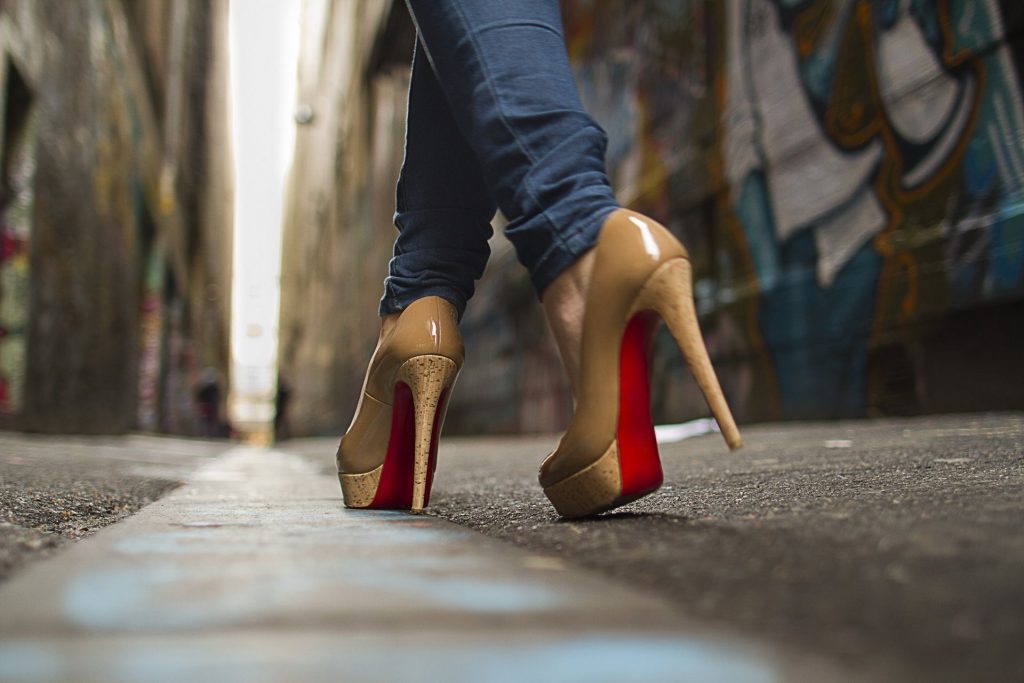
5. Fashion Accessories: For everyone’s tastes
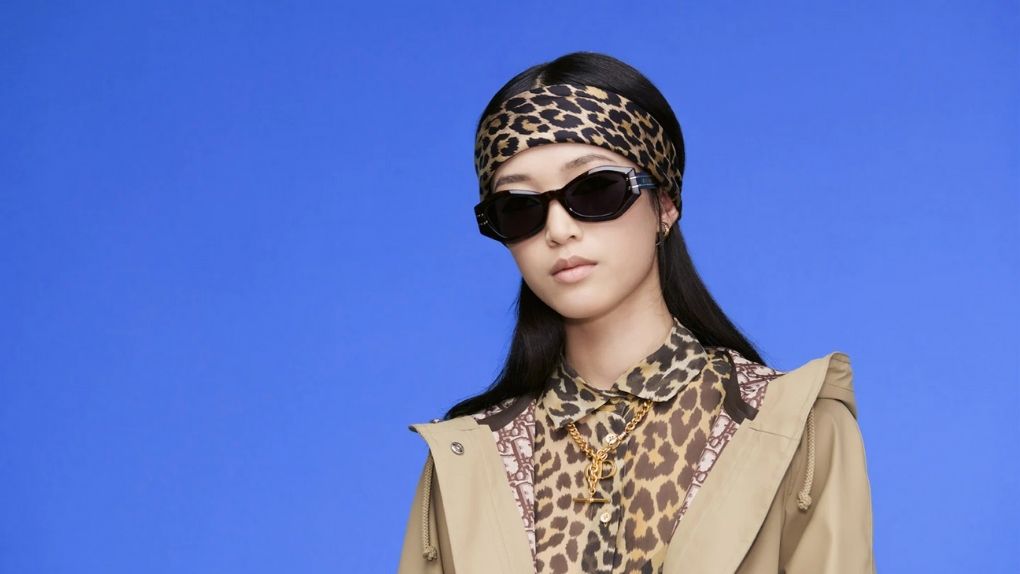
As for accessories, there is usually a big demand for this sector and especially for fashion accessories as well as mobile and electronics accessories. With cheaper prices and a large variety of products, Chinese consumers are mostly purchasing their accessories online.
If you want to sell accessories, it is highly advised to sell them on e-commerce platforms as you will be able to target even more consumers than selling them in brick-and-mortar stores. Also, don’t forget to create unique and creative accessories to stand out amongst your competitors.
6. Imported Home Decor & Furnitures in Chinese Consumers’ House

Except for manufacturing furniture for exportation, China has a large domestic market in home decoration and there are more and more local furniture manufactures who want to share a piece of the pie. However, there is another trend, which is purchasing imported furniture due to the consumption upgrade of Chinese consumers. For the sake of premium lifestyle, higher quality of living experience, aesthetic home decoration to convey a unique personal image, China turned out as a consumer market, attracting western and designer brands of furniture.
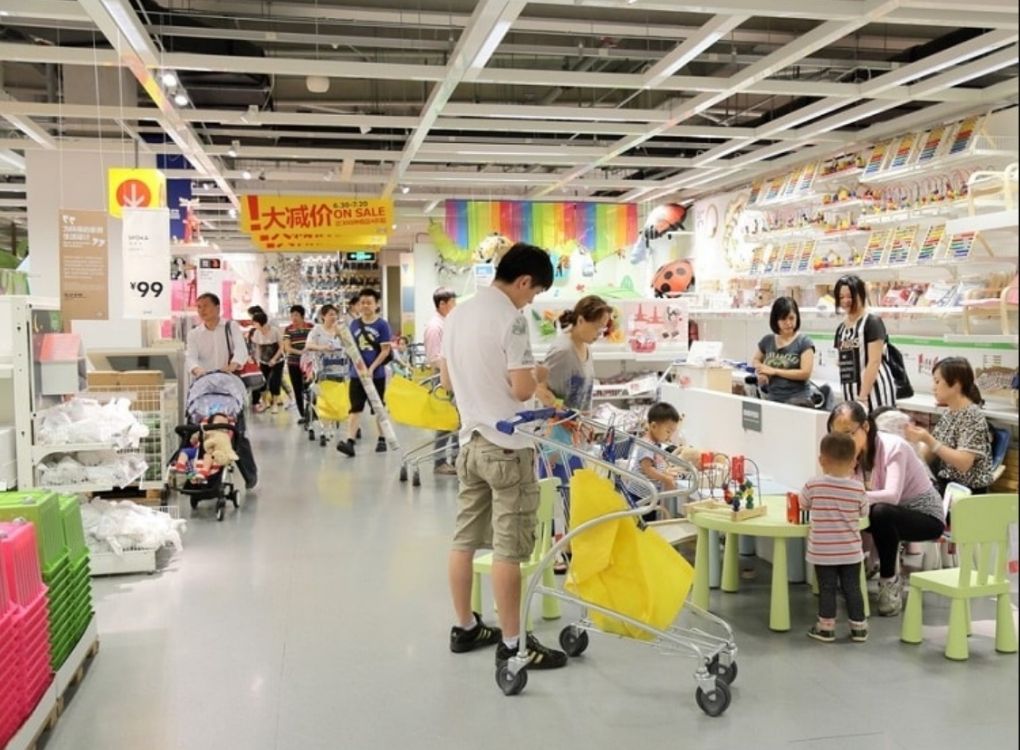
According to China’s Furnishing industry development report, finished furniture product has over 724 billion market scale and for custom made furniture one, it covers 235 billion shares and is expected to grow 15% every year afterward. The whole market is expected to reach 4 trillion of China domestic furniture and imported furniture is evaluated to reach 400 billion.
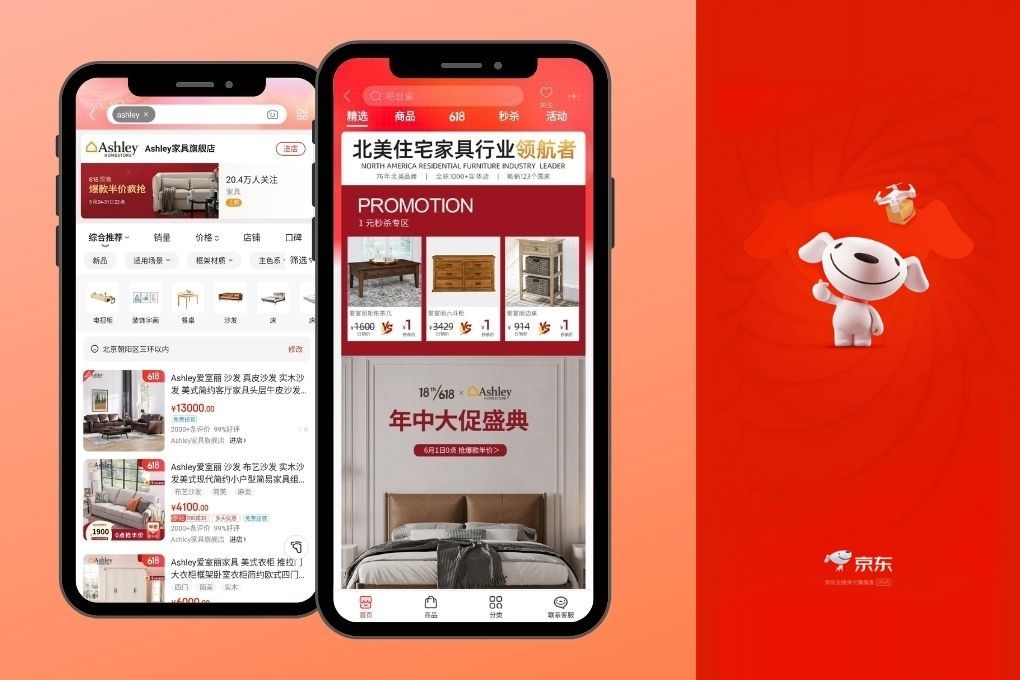
Years ago, Chinese people didn’t really care about home decoration and furniture, but with the modernization of society, they are now looking for more trendy, comfy, and modern furniture. Thanks to O2O, people can actually see and select the product online and after that go directly to the showroom to see the products in real and experience it in real.
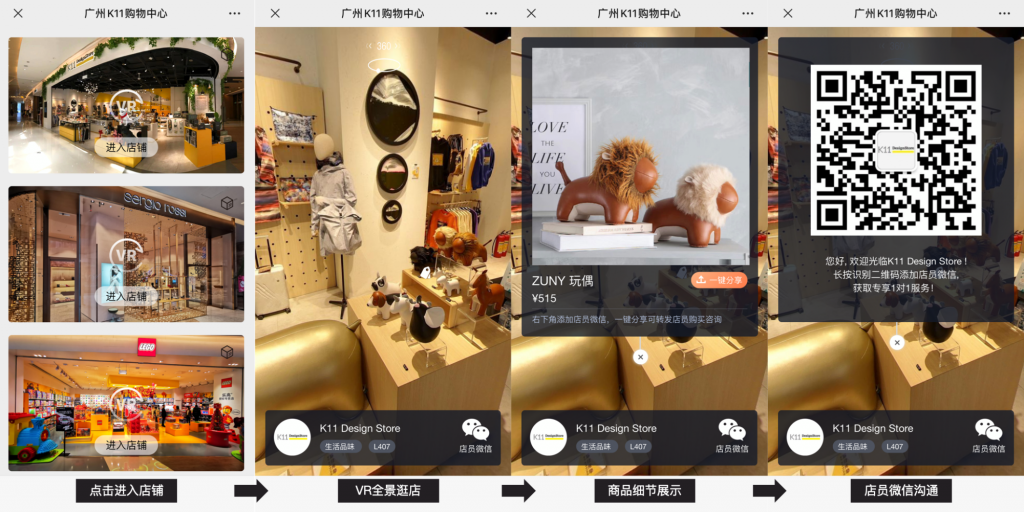
Moreover, VR and AR have also greatly contributed to the rising use of e-commerce platforms to purchase furnitures as people can use these technologies to see if it fits into their appartment.
Many brands have already entered the Chinese market and were able to successfully attract Chinese consumers thanks to e-commerce platforms, such as Ethnicraft.

Read about Home Deco & Furnitures in China
7. Perfume: A fast-growing Market in China

For a long time, perfume and fragrance were not part of Chinese consumers’ habits. However, following China’s globalization and the influence it has received from western countries, they are more open to western culture than before. The main target is usually women aged under 35 years and even men are more influenced to buy fragrance than before.
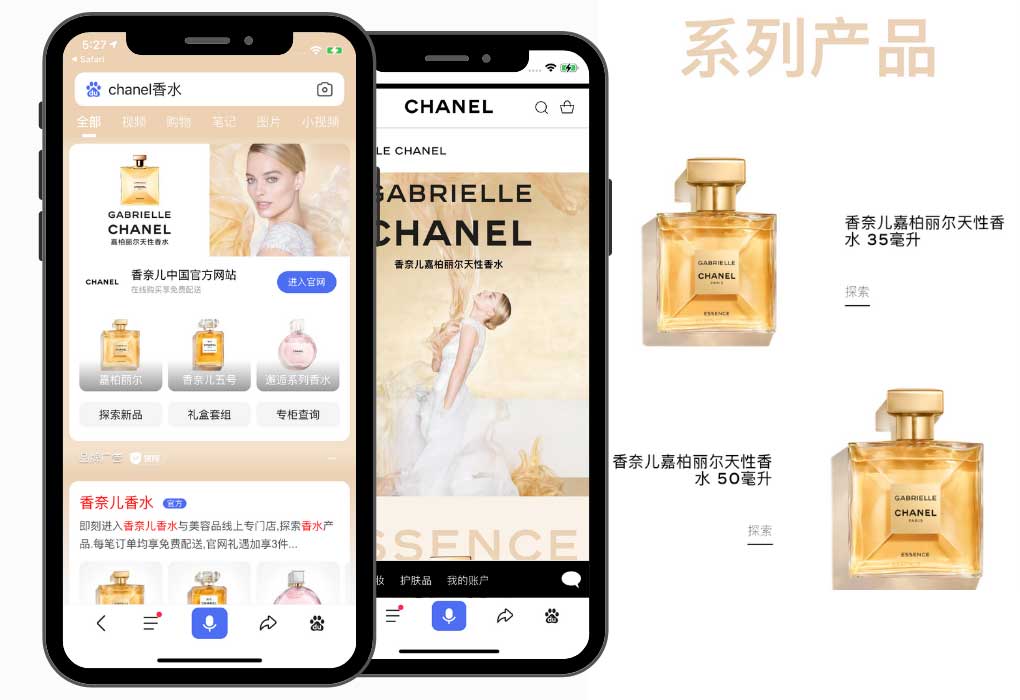
In China, luxury cosmetics are taking a large part of the market, expected to reach annual revenue of US$3.78 billion in 2023, and fragrance and perfume are expected to be among the most popular categories in China. After the global pandemic, fragrance and cosmetics faced a worldwide crisis. Sales were dropping in Europe, the U.S, and the Middle East.
The only growing market with massive sales opportunities is Asia thanks to Korea, Japan, and obviously China. Makeup and skincare are the best-selling categories among cosmetics. Compared to other countries over the globe, China is not the best market to market fragrances. For a brand looking for selling opportunities in China, it is necessary to favor floral and light scents.
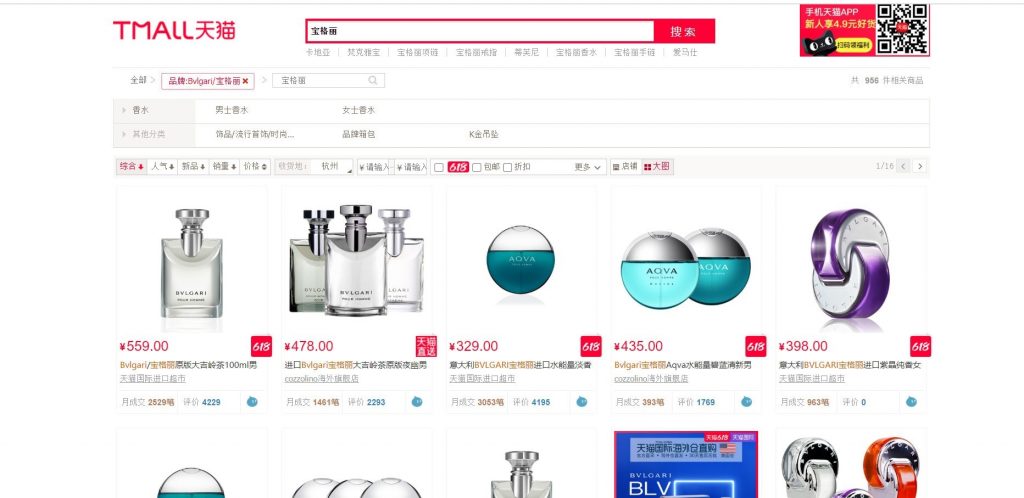
Today, clean beauty is the leading trend of the market in China. Chinese women are more environmentally and health-conscious. They will avoid animal testing cosmetics and dirty components. Again, the market is evolving fast because China has already banned animal testing for cosmetics imported from France and will soon enlarge it to European brands. Today, 90% of Chinese expressed the importance to purchase clean or healthy beauty products. It is driven by Millennials and Gen Z who assess the value of plant-based skincare and are more open-minded to international beauty standards.
Today, the top best-known cosmetics brands in China are Chanel, Estée Lauder, Dior, Lancôme, and Shiseido. Chinese consumers are giving more importance to effects and ingredients over any other criteria.
Here is an interesting article about the market perfumes booming in china.
8. Lingerie & Underwear Are Trending in China
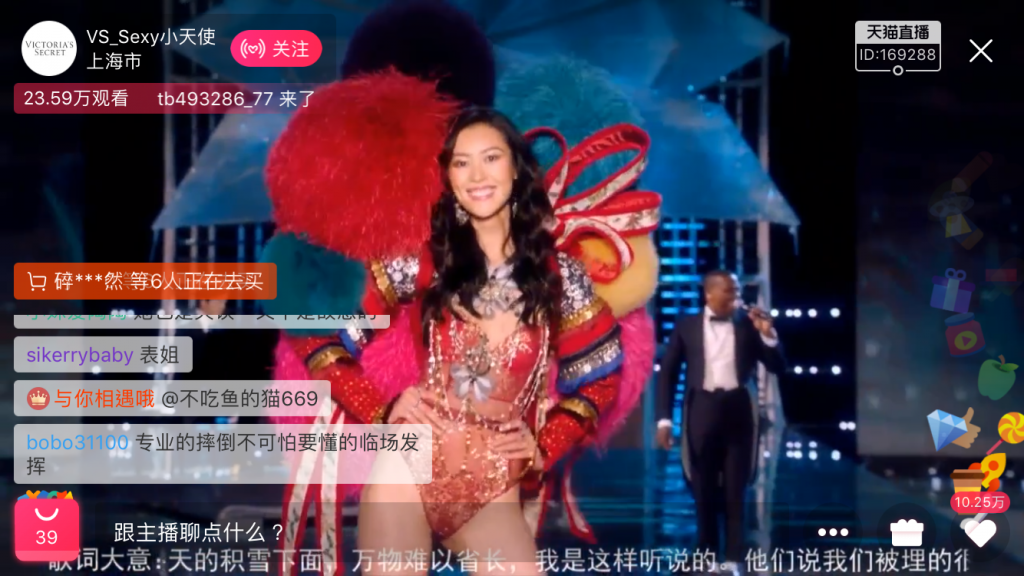
Lingerie is not longer seen as a necessity but is becoming instead a real fashion accessory. Luxury fashion brands are extremely popular among Chinese consumers that are looking for westernized products. Another trend is also linked to sports underwear that are extremely popular in China as well.
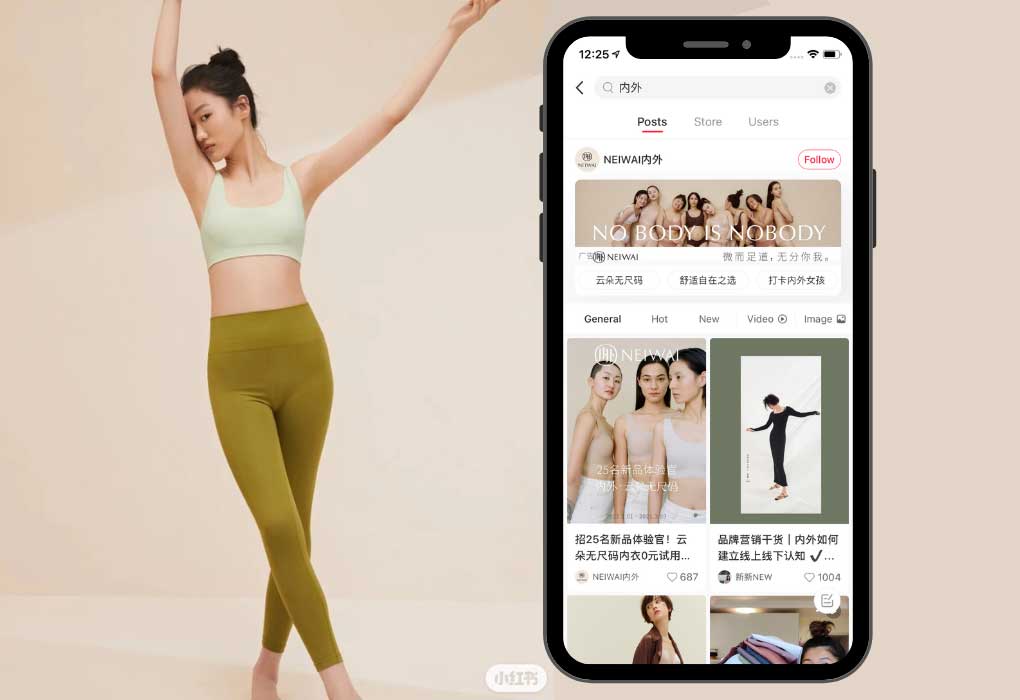
As a matter of fact, China’s underwear market was valued at US$2.96 billion in 2023. The market is expected to grow annually by 3.48% (CAGR 2023-2027). According to CBNData’s Underwear Industry Trends Research, women’s underwear were among the most purchased categories of products (with over 60% of online purchase). But don’t forget that men’s underwear are also extremely popular in China, which can be demonstrated for example with the Calvin Klein popular campaign with the Chinese singer Zhang Yixing (aka K-pop star Lay).
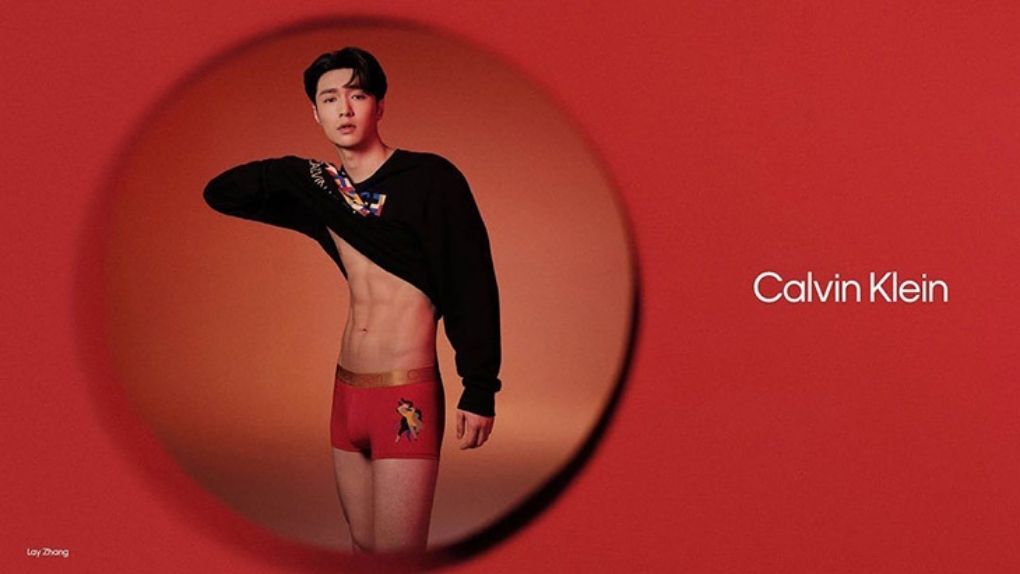
Moreover, China’s lingerie market has been thriving despite the Covid-19 pandemic, which can represents a significant CAGR by 2025 . International brands are non longer focusing their ad toward sexy intimates, but are more prioritizing their underwear for comfort and health, two trendy key points for Chinese consumers.
9. China’s Menswear Market is Steadily Growing

With the apparel industry being one of the main pillars of China’s economy, the Chinese market has indeed benefited from rapid growth over the past two decades. One of the growing sectors in China is the menswear industry, accounting for US$27.2 billion as of 2022.
The development of various new technologies-related industries, and China’s digitalization greatly contributed to the growth in demand for menswear. The way for men to dress has evolved, paying more attention to their appearance and look.
As Chinese people having more purchasing power over the years, Chinese men are now ready to spend more on clothes. With the menswear market reaching US$27.2 billion as of 2022, it is expected to grow annually by 8.47% (CAGR 2021-2025).
The apparel segment of menswear includes all types of clothes for men like coats, (outdoor) jackets, blazers, suits, trousers, shirts, pullovers as well as sports- and underwear. The upswing in terms of online shopping is due to the popularity of foreign chain stores like H&M, Zara, GAP, etc. that are gaining popularity among Chinese consumers, which also results in an increase in terms of prices. International fashion brands which were rather focused on ready-to-wear for women began to target men, from luxury brands such as Burberry to accessible brands like Zara.
Over the years, the menswear industry in China keeps increasing, with sales value reaching 595.5 billion yuan in 2022. It is also important to underline that the Chinese society is more open-minded than before, which explains why men are now more inclined and free to use cosmetics as part of their daily routine and focusing more on fashion.
10. Men Shoes

As the same for menswear, Chinese men are purchasing more shoes online. Sneakers are actually popular among Chinese men in their daily lives, with brands such as Nika and Adidas that were able to adapt their marketing and advertising strategies to target Chinese consumers.
11. Luggage
As you probably know, China is the largest luggage manufacturer and exporter in the world, but it is important underline the fact that local companies are not dominated the luggage market in China. Foreign brand are paving the way, as Chinese consumers are considering foreign brands as more qualitative. For example, seven out of ten luggage brands are from foreign companies. Chinese consumers also prefer to purchase high-end luggage such as Louis Vuitton.
With the growing number of Chinese travelers both in China (6.8 billion trips) as well as for abroad tourism (more than 200 million trips internationally), tourism will strengthen Chinese consumer’s demand for luggage, especially draw-bar luggage. Thus, for luggage brands looking to enter the Chinese market, selling online is a good way to increase both your visibility and your sales. However, it is also important to use social media as part of your marketing strategy in order to promote the quality of your products.
12. China’s Children market: A birth rate declining while baby-related expenses are growing

After the success of the show, “Dad where are you going?”, “The Voice of China kids”, we can say that kids apparel has become a real trend in China. Parents pay more and more attention to what their children are wearing and how they are actually dressed up. Luxury brands are interested by this kind of new burgeoning market: Fendi, Burberry, Christian Dior are among the top leading luxury brands for kids fashion apparel.

Have you ever heard about the Cool Kids Fashion Shanghai show at the New Shanghai Expo Centre in China? This event is clearly painting the new trend of fashion kids nowadays.
13. Jewelry in China: a shift from gold?

In recent years, following the economic development of China, the Chinese market has grown exponentially becoming a leader in the jewelry industry with more than 40% of the worldwide market share, which attracts everyday companies from the four corners of the world, from international brands to smaller startups.
Take the example of Chow Tai Fook, a famous Jewelry group in Hong Kong and China. The group decided to launch its activity on the e-commerce platform as a way to prepare for the new future way of consumption. However, the jewelry sector has to get the support of physical stores. Here an interesting article about jewelry demand for gold in China: Trends in jewelry demand for gold.
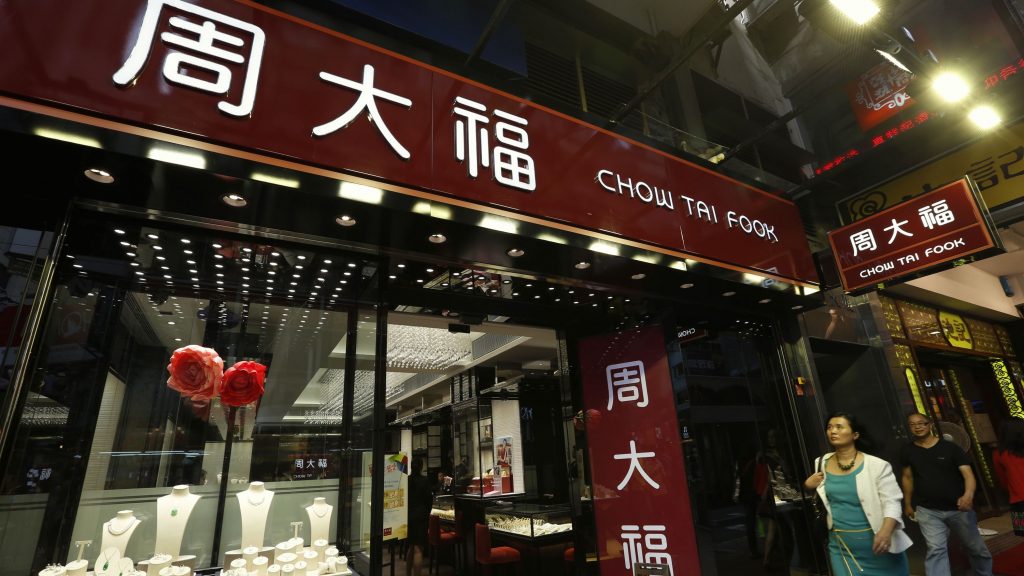
According to the Jewelry Industry Report published by GlobeNewswire, the global jewelry market edged down in 2019. But Its revenues amounted to US$298.40 billion in 2023. China ranks first in the jewelry industry, followed by the United States.
In 2022, luxury jewelry accounts for 38% of the Chinese jewelry market share, with a revenue of 13.71 billion USD and YoY growth of 2% compared to 2021. We can also note a rise in demand after the lockdown, as consumers were ready to buy products again. While most of us might think that Chinese consumers only want to buy luxury jewelry, it is indeed estimated that 64% of sales in the jewelry industry will come from non-luxury goods. So, even if you don’t sell luxury jewelry, you will be able to do business in China, targeting the Chinese middle class that is having a greater purchasing power.

The accumulated retail trade revenue of gold, silver and jewelry in China totaled approximately 23 billion yuan in April 2023. This indicated an about 18.5 percent revenue increase compared to the same period of the previous year. However, we should note the rise of online chanel, online jewelry sales take 58% of the whole Chinese jewelry market share. This rate will keep growing and is expected to reach 64% in 2026.
China: 1st Consumer of Luxury Items in the World
We will finish our top 15 with 2 main products that are mainly luxury products: eyewear and watches. Both are two top luxury products. One is perceived differently from the other because one is more targeting men who usually like wearing big watches, as a way to show off their career success. Eyewear is more targetting women as a way to show their social status too.
14. Watches: The symbol of luxury
In China, the annual revenue for luxury watches is worth $10.36 billion in 2022. For a couple of years now, China has been the el dorado for luxury watches brands. Chinese have a great taste for materials and are always looking for unique designs.
Most Chinese prefer to purchase Swiss luxury watch brands since it is proof of quality for them. Craftmanship, brand, and design are the most important criteria before purchasing a luxury watch. Chinese will always favor a simple everyday watch compared to an overly complicated design with tons of jewels.

Today, the keyword for jewelry watches is timeless. Luxury brands need to embrace Chinese preferences for elegance over time. Indeed, 50% of people wear a watch to bring out their personal taste and image. It is not about convenience, but about social status. In such a case, the branding will be as important as the design since brands will need to prove to their Chinese consumers they discover a timeless piece. But in China, timeless does not mean boring. In the meantime, the Chinese will look for watches that embed Chinese elements in the design or limited edition in partnership with local influencers. The limited-edition L.U.C QF Jubilee proposed by Chopard in April 2021 is only counting 25 models. Such a limited production is key to seduce and engage with Chinese luxury shoppers who could sell it out in only a couple of minutes.
Today, the top brands with higher brand awareness in China are Rolex, Cartier, Omega, Longines, and Bvlgari.
15. Eyewear: A fashionable item
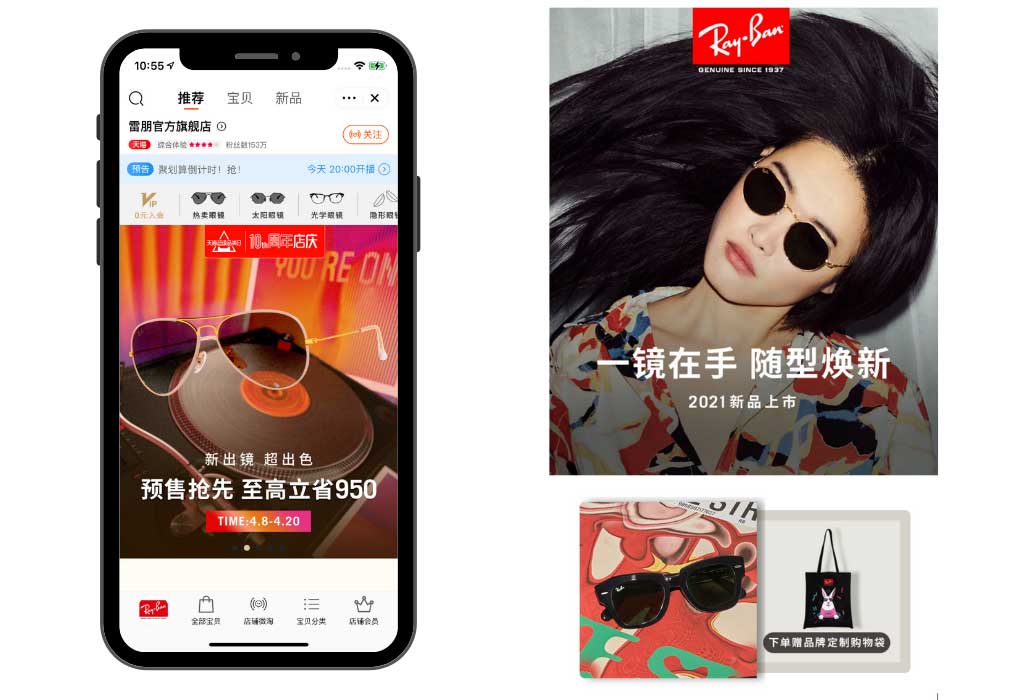
China is the world leading consumer of glasses, from children to elderly people, Chinese people are not very fond of the sun and that’s why sunglasses are among the most popular accessories online. According to Euromonitor, Sunglasses retail sales have been increasing by over 7% per year since 2012, representing the fastest growing category in the Chinese optical market. Besides caring an eye protection, sunglasses are perfect for dress up.
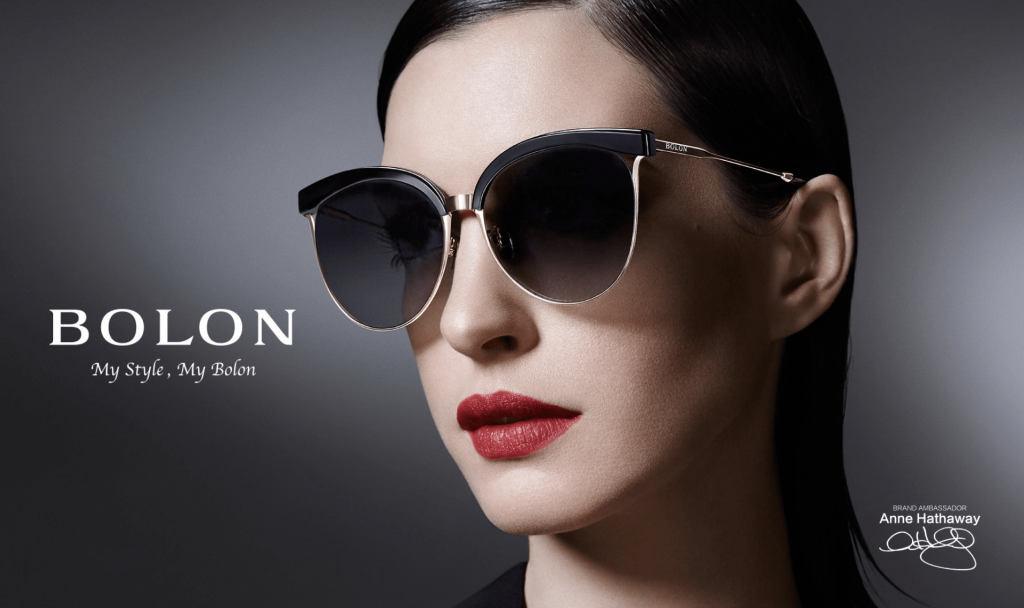
The most popular eyewear brands includes: Rayban, Gucci, Gentle Monster, Bolon, Prosun, Dior and Emporio Armani.
Hope you enjoyed this list of most sold items online in China and hopefully you learned some as well.

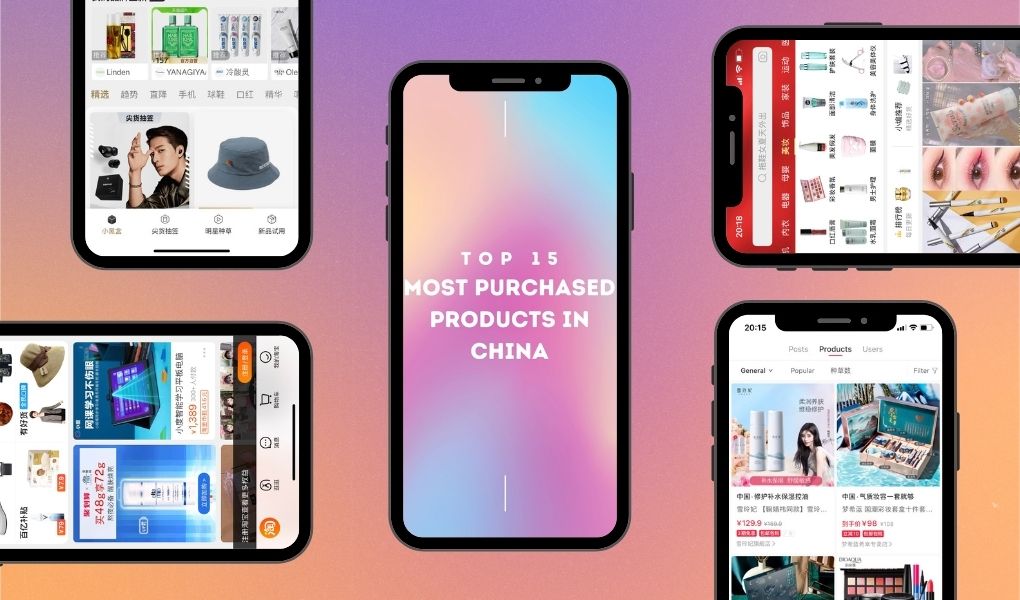


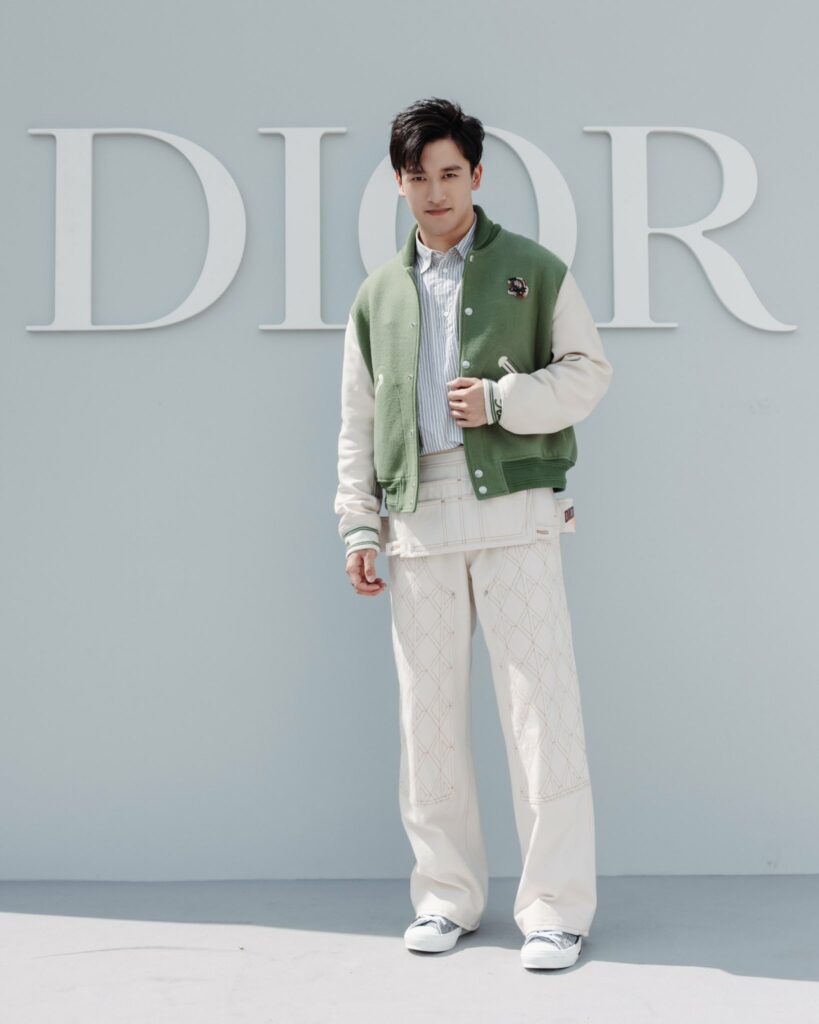
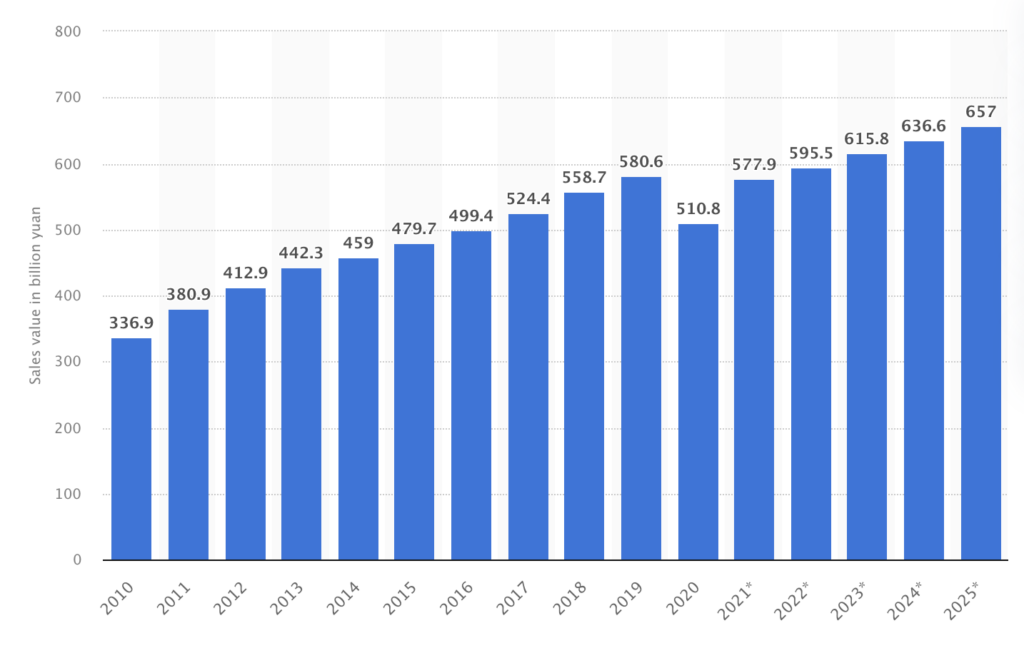

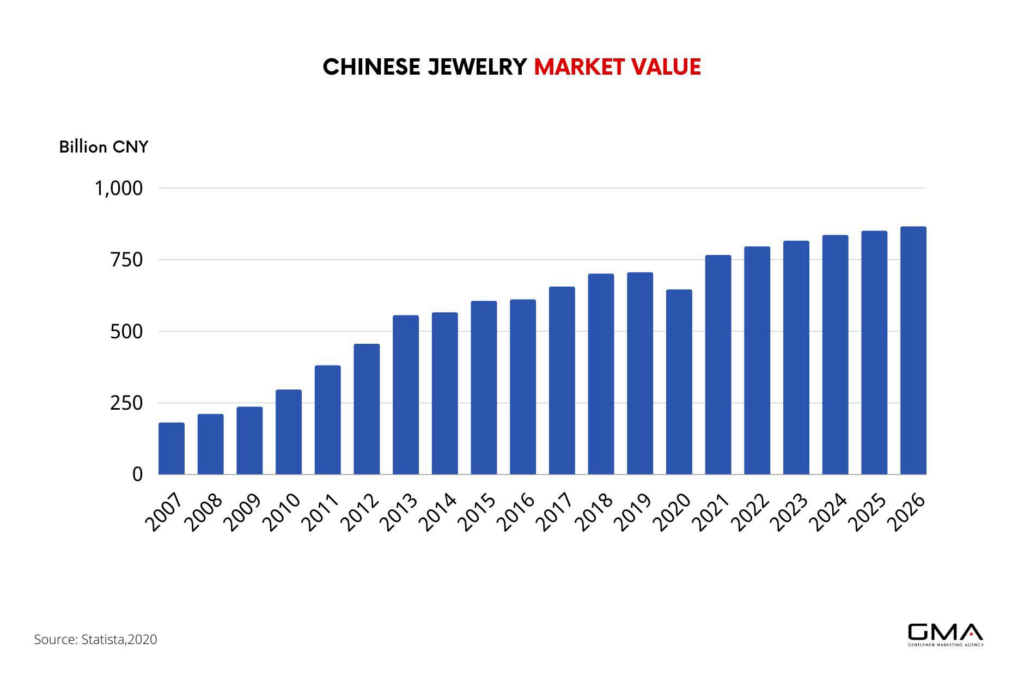
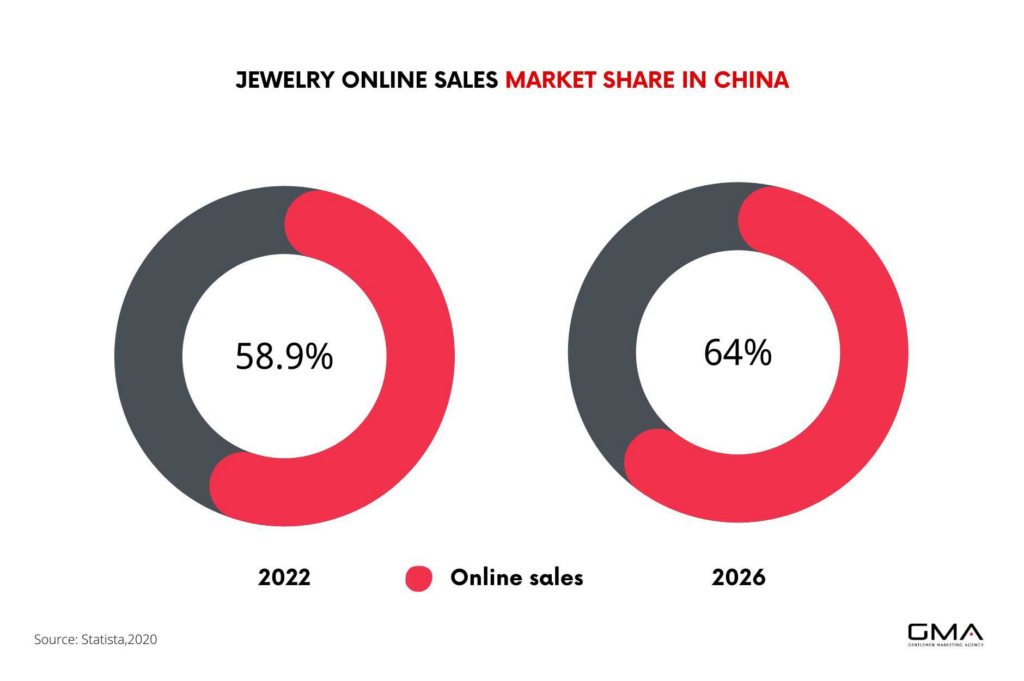

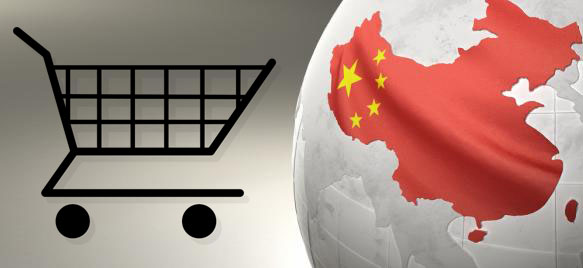


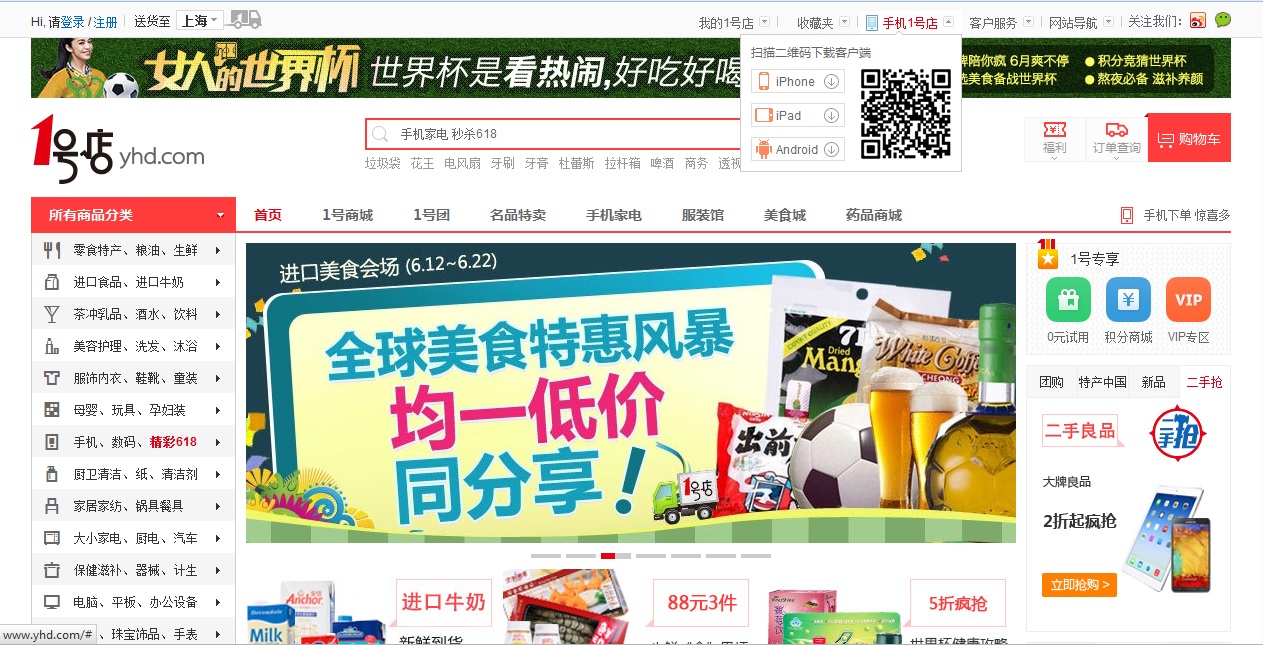

it is a really good content and very interesting. I just discover this blog Gentlemen, usually I check your new on marketing to china.
Interested in using WeChat services to reach the Chinese middle class, with my dropship products. Can you provide me with a list of services you provide to small online startups that are trying to reach the Chinese shopper. Thank you.
I think that the Chinese Company I am promoting may be of help to you. They are offering to Partner with western businesses to help them enter into the Chinese Internet market. They offer a One Stop Solution which ensures that the business avoids the problems that can arise when a western business tries to enter the chinese market.
Just take a look at my website at: https://startchinanetbusiness.com. It gives a precis of what they are offering. There is also a 15mins video from the Company that you can watch which explains everything in detail. Hope it can help, but if it does not, I wish you all the best in finding a solution to your problem. Good Luck.
I want to start importation business from China to Nigeria and I want to have a shopper that will be helping me in purchasing a qualitative products thank you .
Hi to every body, it’s my first go to see of this website; this blog contains awesome and in fact excellent data in favor of visitors.
How do I find a fashion brand distributor in China?
Hi Kelly,
1- Work on your Branding
2- Identify Distributor or participate to trade faire
3- contact them, and deal with them
4- close deals.